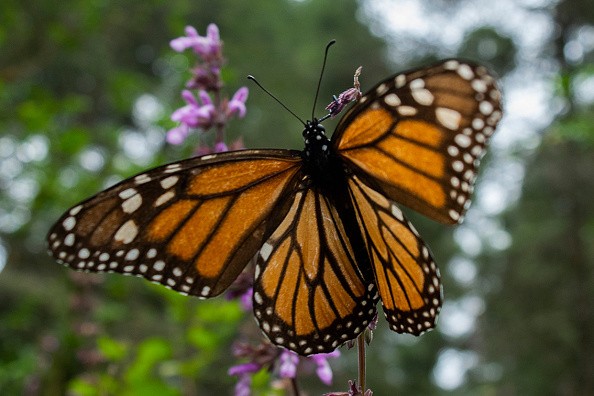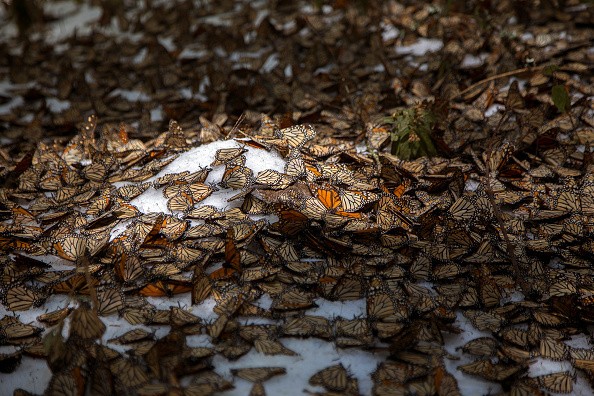The Pacific Grove Museum of Natural History is carrying out a yearly count of monarch butterfly. They are noticing thousands more compared to 2020.

Monarch Butterfly Count
"So the importance of counting is to understand one what's happening with the population overall," said Pacific Grove Museum of Natural History's Stephanie educational volunteer, Turcotte-Edenholl.
Monarch butterflies are counted annually across the U.S west. The monarch butterflies are counted at the Butterfly Monarch Sanctuary, which is located behind the Butterfly Grove Inn in Pacific Grove. The museum recorded 9,544 butterflies on Thursday, October 29th. There were no butterflies in the sanctuary in 2020.
"That tells us we have really destroyed their habitat. We have done over the decades some horrible things," Dixie Layne, president of Friends of The Monarchs, confirmed.
The problem is these incredibly low drops that were experienced in the previous several years according to Turcotte-Edenholl.
As a result, an estimated 30,000 for the whole population this year has already been gotten, compared to 19-hundred for the entire western population last year. That's fantastic, but what will happen next year?
Also Read : Study Debunks Migration Mortality as Major Cause of Butterfly Monarch's Population Decline
How the Count is Carried Out
In mid-October, the museum began the counting, carrying out the counting once a week. They begin early in the morning and work in teams of two. The teams must first determine where the monarchs may be found inside the refuge.
Turcotte-Edenholl said: "So then we look at a particular tree. We agree where in the tree we're going to count. And then we slowly begin using binoculars. We look at a cluster and you visualize a group of 10 or 20 monarchs and then you extrapolate it over the entire area of the branch. So it's a formulated, systematic scientific estimate."
The numbers of the counting teams must be within 15% to 20% of one another, and then the average is calculated. Pacific Grove attracts butterflies from Washington, Oregon, and even Arizona.
They come to Pacific Grove during the winter since it is neither too hot nor too chilly there. They may also feed on nectar, as well as trees such as pines and cypress. They can migrate up and down depending on the weather.

Monarchs' Migration
Climate change, herbicides, and wildfires that kill away Monarch butterfly survival plants, according to educators, may all have an effect on monarch butterfly migration. However, there is hope, such as planting monarch-friendly nectar plants or milkweed.
As a result, Layne said that there is a need to recognize that although they cannot achieve anything on their own, they may do it as a group. And they have the power to transform the world. It is also not too late to restore butterflies in the proper quantities.
Contributing to community science is another method to assist. A monarch or milkweed may be reported by anybody.
You may snap a picture and tag it "Western Monarch Milkweed Mapper Project" using the iNaturalist app on your phone, just as you did when you caught them all.
Related Article : Recent Decline of the Monarch Butterfly Linked to Climate Change
For more news, updates about monarch butterflies and similar topics don't forget to follow Nature World News!
© 2025 NatureWorldNews.com All rights reserved. Do not reproduce without permission.





